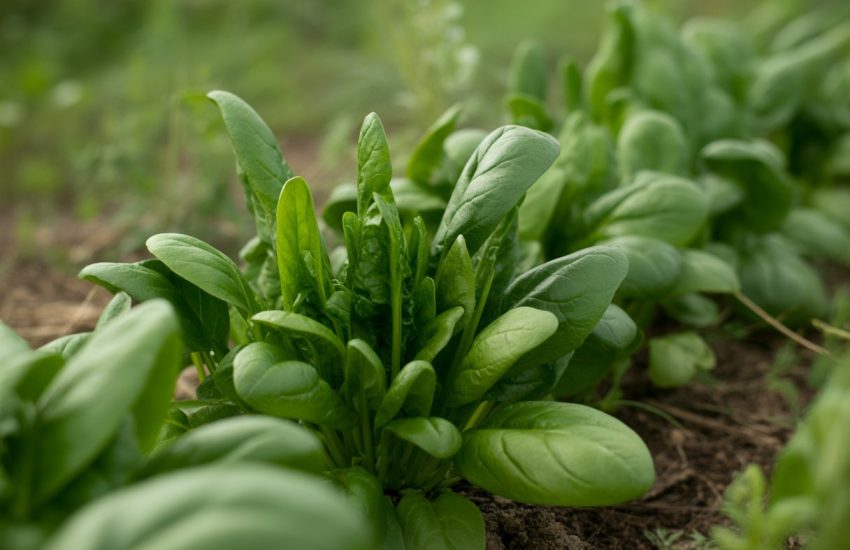When Do Catmint Bloom: A Guide to the Blooming Season of Catmint
Catmint, also known as Nepeta, is a perennial herb that is popular among gardeners for its attractive foliage and beautiful blooms. The plant is native to Europe and Asia and can be found in a wide range of colors, including blue, purple, and white. One of the most common questions asked by gardeners is when do catmint bloom?

The answer to this question depends on a variety of factors, including the specific variety of catmint, the climate in which it is grown, and the conditions in which it is planted. In general, catmint blooms from late spring to early fall, with the peak bloom period occurring in midsummer. However, some varieties may bloom earlier or later than others, and the length of the bloom period can also vary depending on the growing conditions.
Despite these variations, catmint is a relatively easy plant to grow and care for, making it a popular choice for both novice and experienced gardeners. With proper care and attention, catmint can provide a beautiful and long-lasting display of colorful blooms that will brighten up any garden or landscape.
Understanding Catmint

Botanical Profile
Catmint, also known as Nepeta, is a member of the mint family Lamiaceae. It is a perennial plant that can grow up to 3 feet tall and has a spreading growth habit. Catmint is known for its attractive appearance, with gray-green foliage and beautiful flowers that bloom in a variety of colors including white, lavender, pink, and blue.
There are several species of Nepeta, including Nepeta cataria, Nepeta x faassenii, and Nepeta racemosa. Nepeta cataria, also known as catnip, is a well-known variety that is popular among cat owners. Nepeta x faassenii, also called Faassen’s catmint, is a dwarf variety that is compact and upright, making it an excellent ornamental plant.
Varieties and Characteristics
Catmint comes in a variety of shapes and sizes, with different foliage and flower colors. Some popular varieties of Nepeta include:
Nepeta x faassenii ‘Walker’s Low’: This variety has lavender-blue flowers and gray-green foliage. It is a compact plant that grows up to 2 feet tall and is known for its long-lasting blooms.
Nepeta racemosa ‘Little Titch’: This dwarf variety has pink flowers and compact growth habit, making it perfect for small gardens or containers.
Nepeta racemosa ‘Walker’s Low’: This variety has lavender-blue flowers and gray-green foliage. It is a low-maintenance plant that is easy to grow and produces abundant blooms.
Catmint is known for its attractive foliage, with leaves that are fragrant and soft to the touch. The stems of the plant are also fragrant and can be used to make tea or as a seasoning in cooking.
In conclusion, catmint is a beautiful and versatile plant that is perfect for any garden. With its wide range of varieties and characteristics, there is a catmint plant for every gardener.
Cultivation and Care

Planting and Growing Conditions
Catmint (Nepeta) is an easy-to-grow plant that is drought-tolerant and prefers full sun to partial shade. It grows well in hardiness zones 3-9 and requires well-drained soil with a pH of 6.0-7.5. It can grow up to 3 feet tall and 2 feet wide, so it needs enough space to spread out.
Catmint can be planted in the ground or in containers, making it a versatile choice for any location. It is a great addition to rock gardens and herb gardens, and it also looks beautiful when planted alongside roses.
Maintenance and Propagation
Catmint is a low-maintenance plant that requires regular watering, especially during the first growing season. After that, it is drought-tolerant and requires little water. Deadheading spent blooms will encourage new growth and prolong blooming time.
Catmint can be propagated by division or cuttings. To propagate by division, dig up the plant in the spring or fall and separate the root ball into smaller sections. To propagate by cuttings, take a 3-4 inch cutting in the summer and root it in moist soil.
Catmint benefits from regular applications of compost and mulch, but it does not require additional fertilizer. It is a sterile plant, so it will not become invasive.
Pests, Diseases, and Companions
Catmint is generally pest and disease-free, but it can be susceptible to spider mites and aphids. These pests can be controlled with insecticidal soap or neem oil.
Catmint is a great companion plant for roses, as it repels aphids and attracts pollinators such as bees, hummingbirds, and butterflies. It also looks beautiful when planted alongside other perennials such as salvia and lavender.


